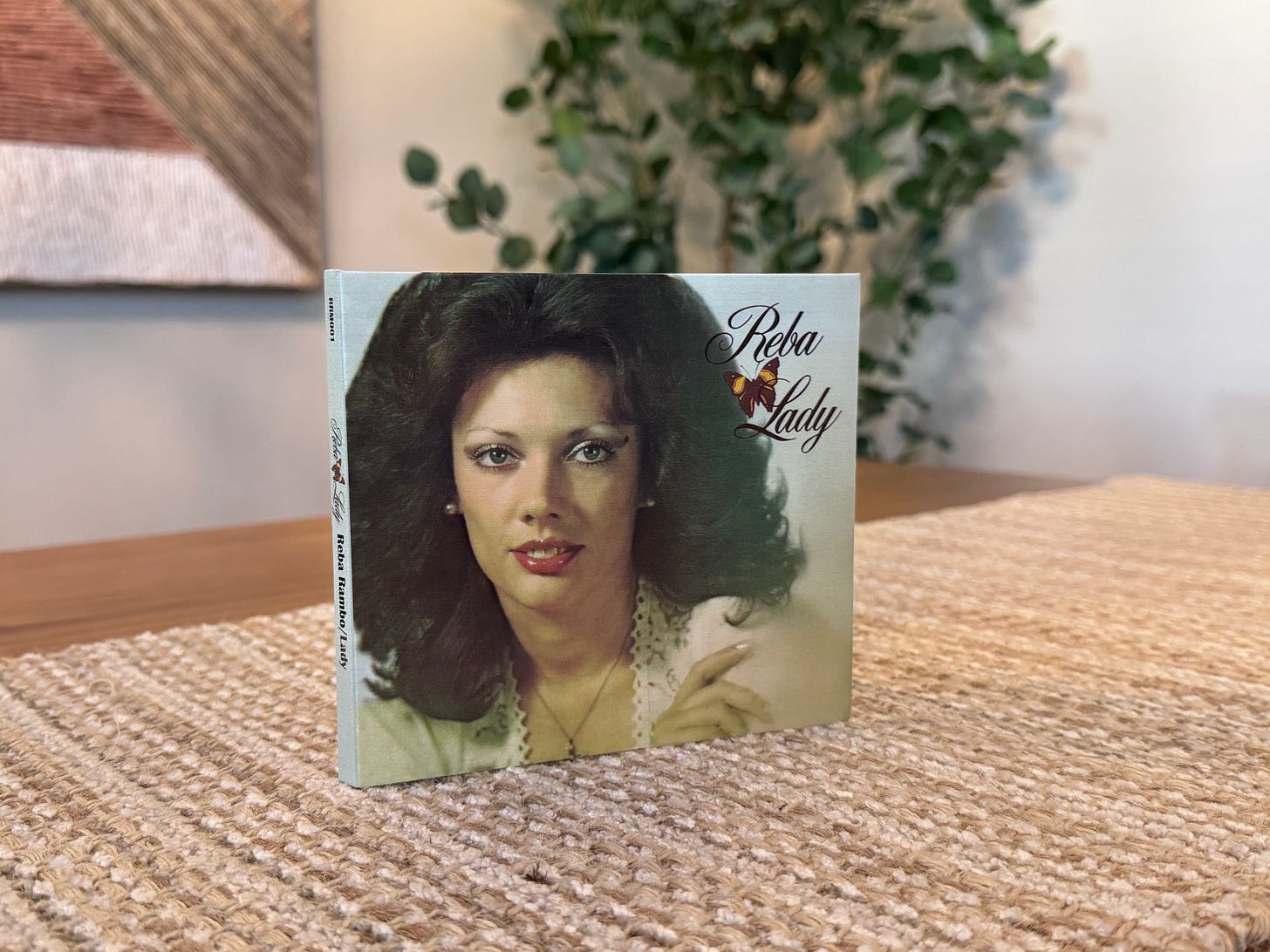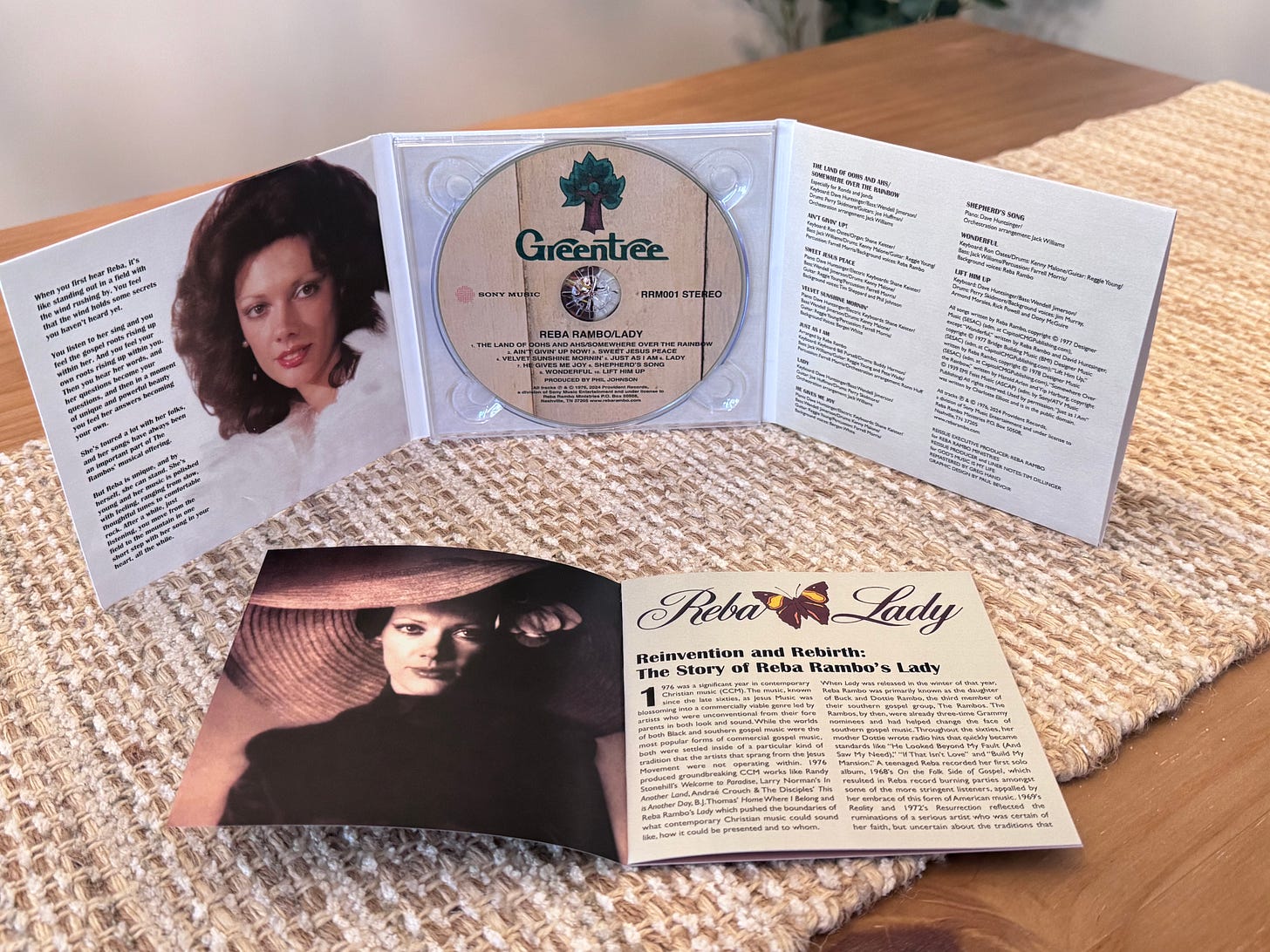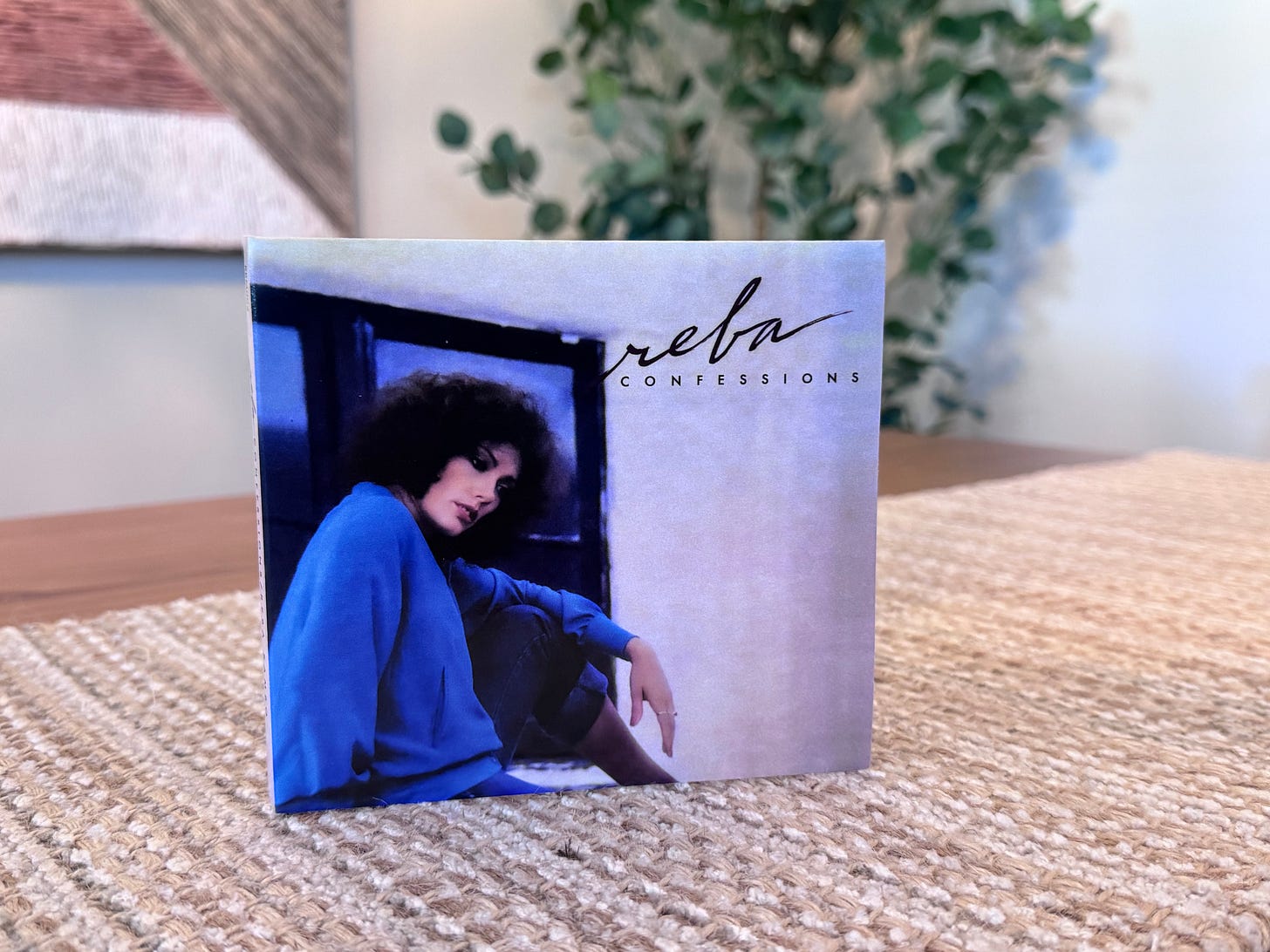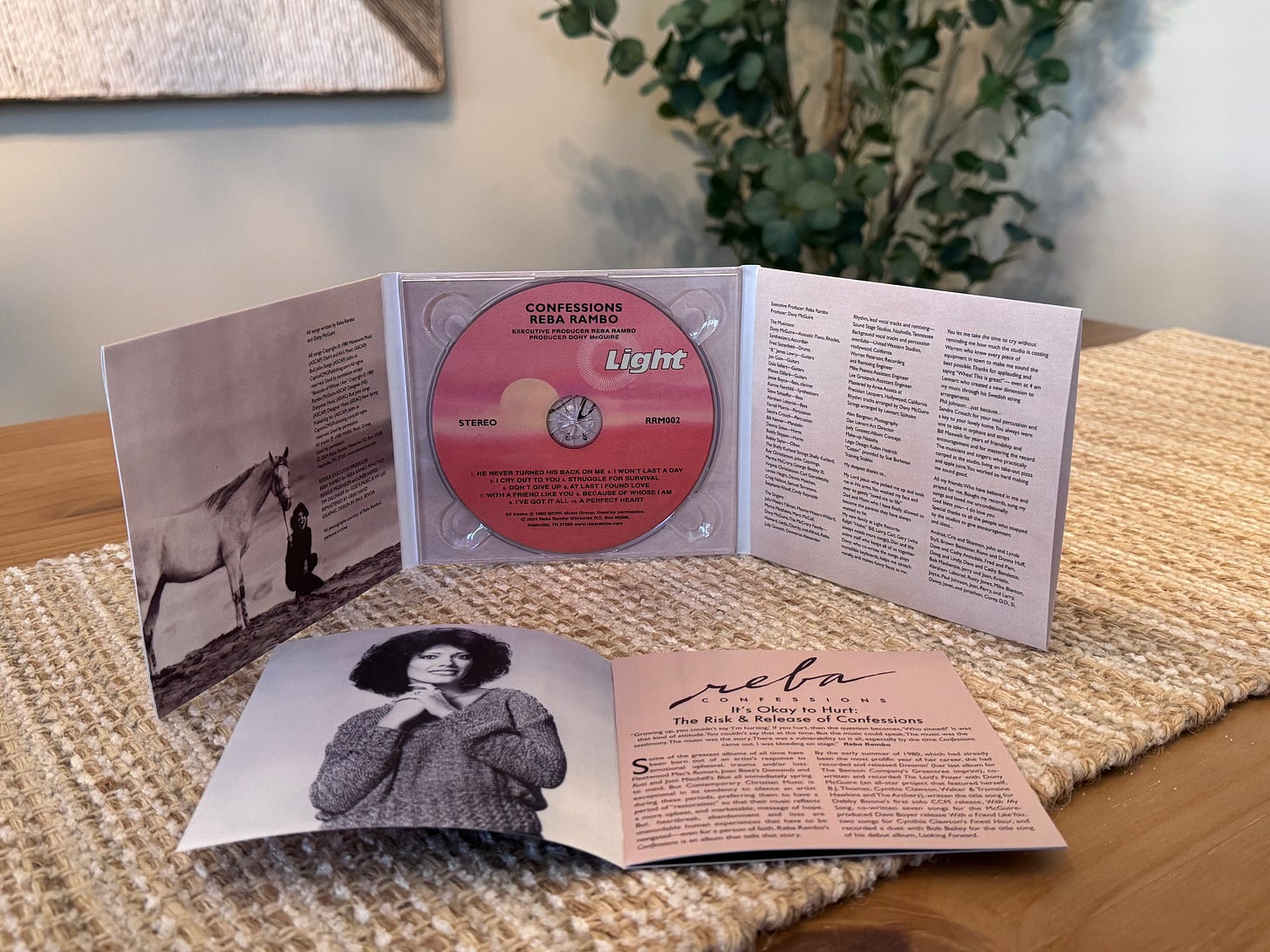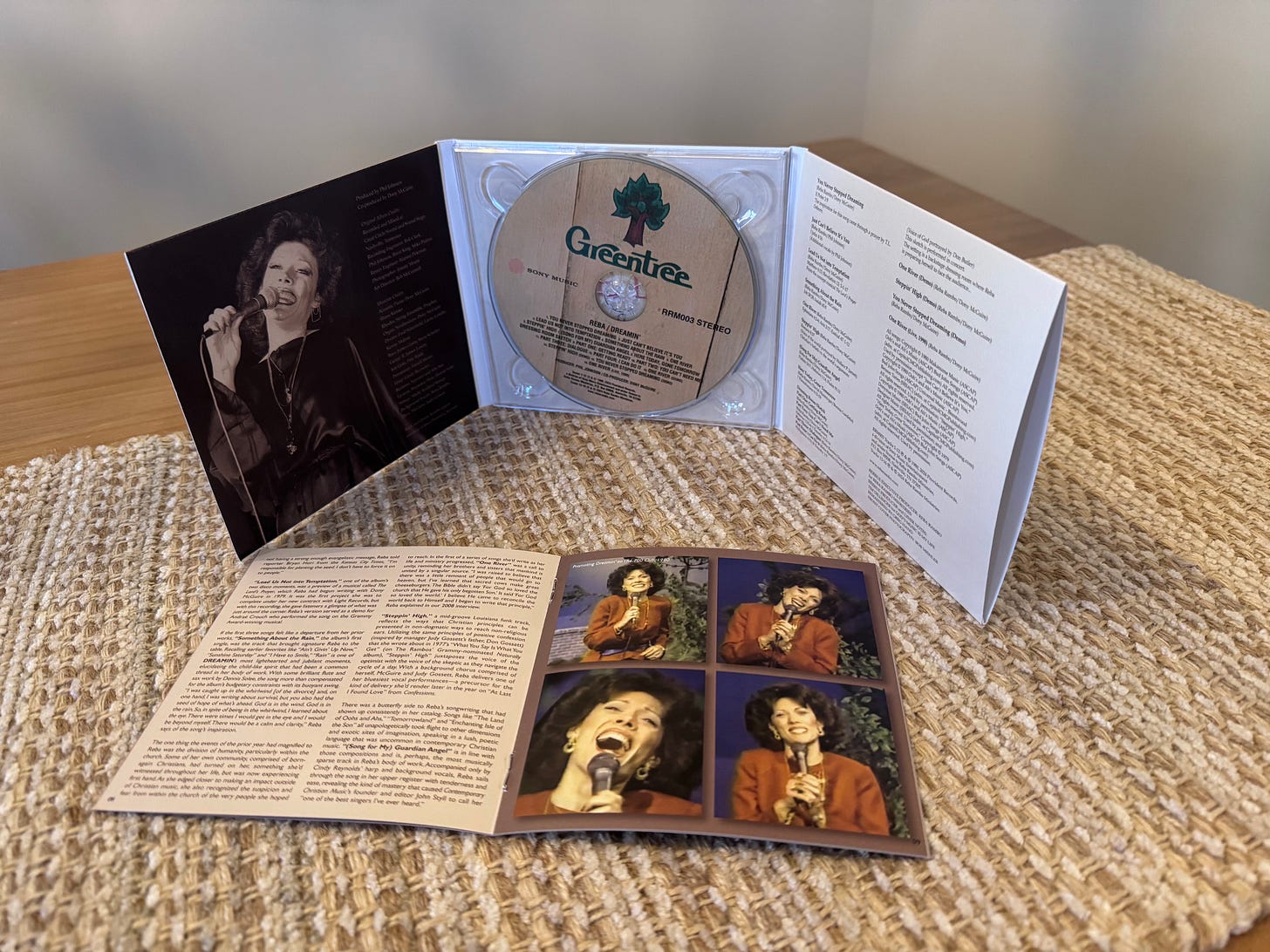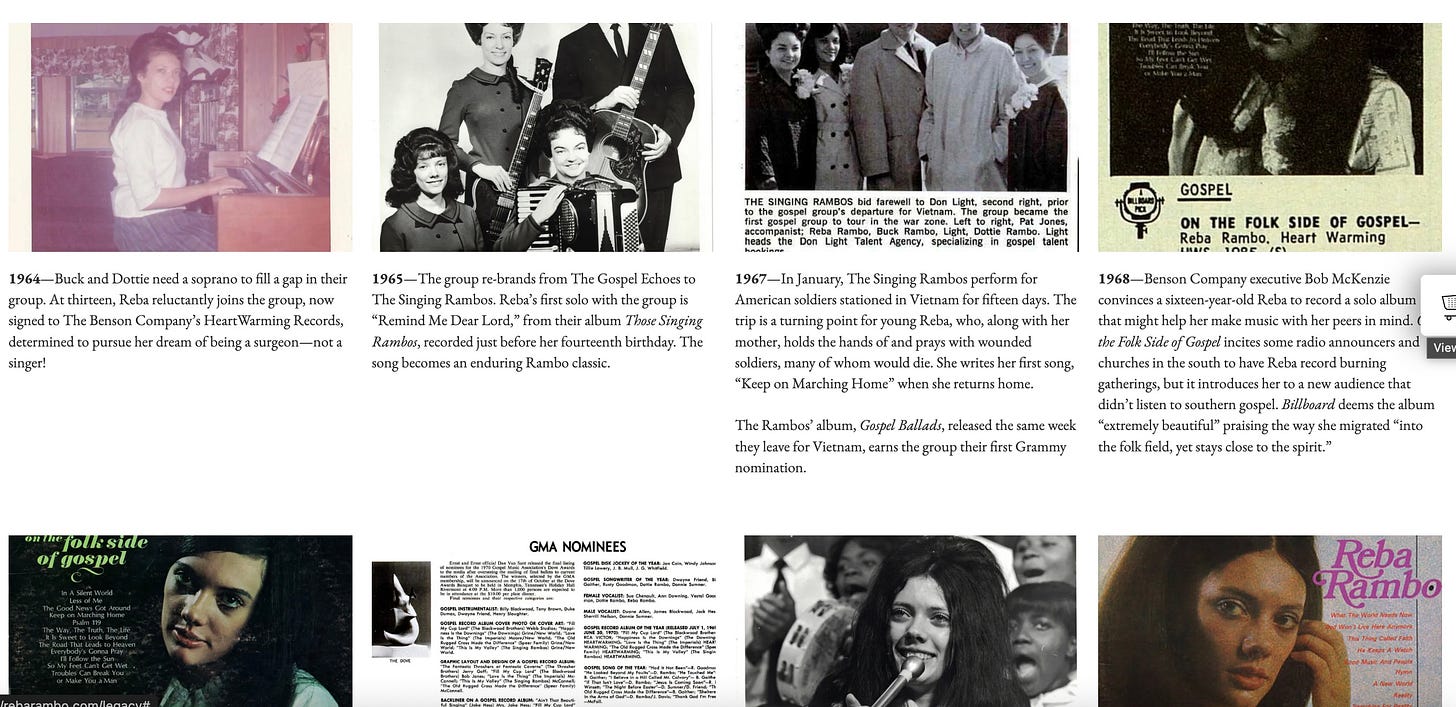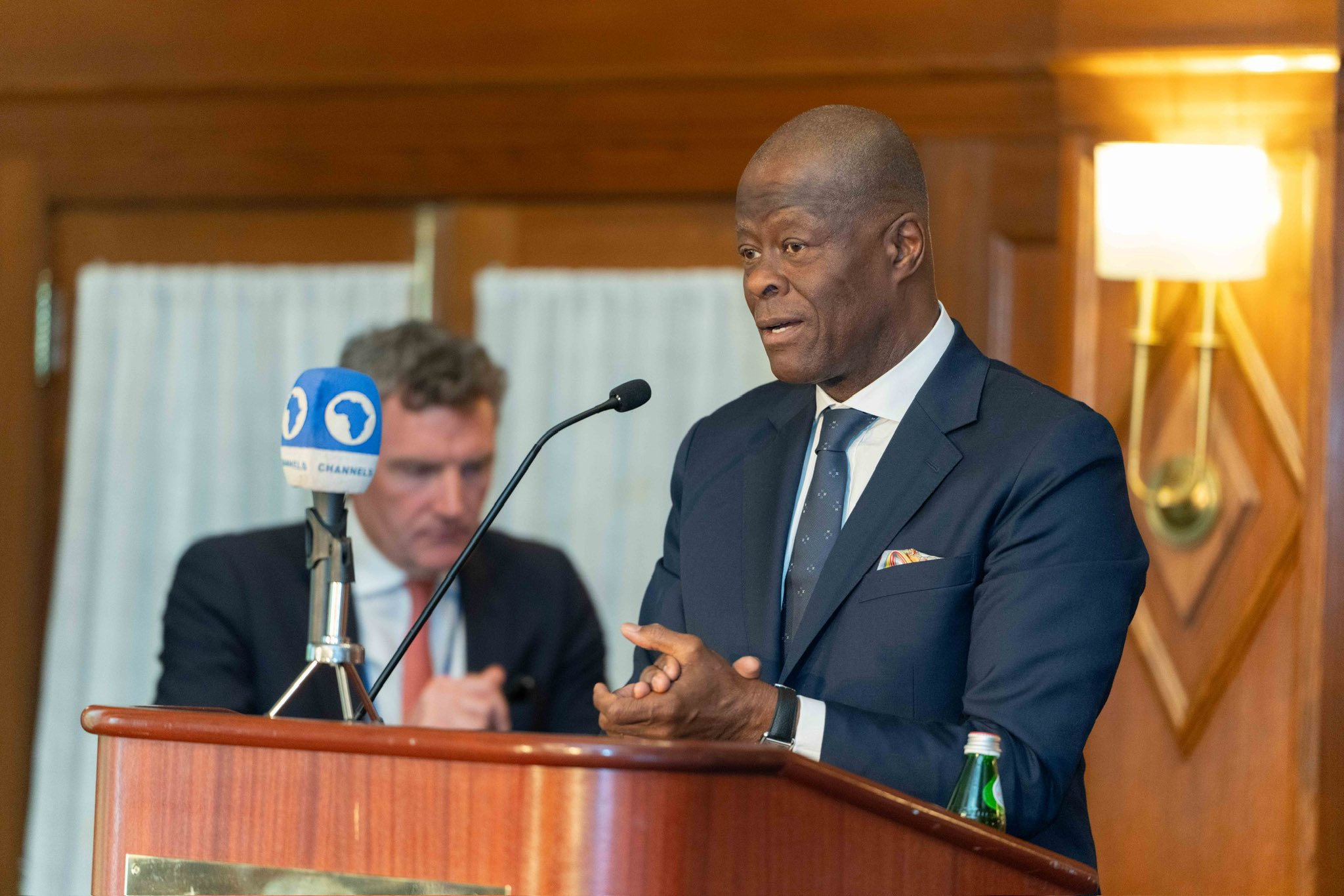Reba Rambo: The Reissue Series & The Case for the Women of CCM
One of the recurring subjects here at God’s Music is My Life is the exclusion of women from the narrative of contemporary Christian music’s history. Until the publication of Leah Payne’s God Gave Rock and Roll to You in 2024, the few academic book publications and documentaries about CCM would have one thinking that men were the singular driving force of the genre and that rock and roll was the most important factor in a genre that encompassed a variety of forms of popular music, a subconscious echo of Jann Wenner’s 2023 remarks citing men as “philosophers of rock” and that women were not “as articulate enough on this intellectual level.”
The reality is that in contemporary Christian music women were not only as important as the men, but they were the ones doing the heavy lifting in terms of boundary breaking and challenging the mores of Christian culture, bearing the incredible weight of misogyny and the brunt of a scrutinty that most male artists were not subjected to. Singer-songwriter Honeytree, for example, was branded a witch and accused of being part of a Satanic, Illuminati cult by provocateur John Todd. His accustations went beyond Honeytree and were inclusive of everyone from John F. Kennedy to KISS. His thoughts were laughable to most outside of the church, but predictably gained traction in fundamentalist circles (even gaining him employment with Chick Publications, a popular publisher of evangelistic tracts) and remained a conversation piece throughout the course of Honeytree’s career.
Beyond these blatant attacks, there were microagressions leveled at women in contemporary Christian music that were rarely acknowledged or called out as sexism by the men in the pulpits or the men who controlled Christian television or press outlets. One reader wrote into Contemporary Christian Music in 1979 to complain about a female artist who had the audacity to have three blouse buttons unlatched on the back cover of her album with an alleged “come on” look on her face. Such were the times. While male artists were permitted to succeed and be overweight, unkempt, divorced and remarried, women were required be thin, attractive (while simultaneously not too made-up or seductive) and virtuous.
The seventies, the first full decade of contemporary Christian music, spilled over with a diverse cohort of women like Cynthia Clawson, Sharalee Lucas, Danniebelle Hall, Stephanie Boosahda and Reba Rambo who were singers, songwriters, musicians and performers with a personality and a sense of theatricality that made people take notice. Of these women, Reba Rambo was quickly identified as one with the potential to take contemporary Christian music into the mainstream.
Her five solo albums between 1976 and 1980 reflected an explosive talent that only seemed to grow with each subsequent release. While lovers of southern gospel had watched her grow up as a member of The Rambos, these albums introduced her to the public on her own terms. Secular press took notice and publications like Record World and Cash Box praised her efforts to raise the creative and commercial bar in her field.
1976’s Lady was the Christian equivilent to Carole King’s Tapestry in terms of how deeply in connected with listeners, especially women who had their own musical aspirations. Listeners like Kim Hill, Margaret Becker and Kim Boyce, who went on to become leading artists in CCM just a decade later, all drew inspiration from this album and the ways in which it deviated from sing-songy clichés and, instead, expressed the life of a person of faith in relatable, but poetic language against the backdrop of soulful, radio-friendly Top 40 music.
Where Reba and Carole King differed was that in addition to being a superb songwriter, she was also a supreme vocalist. Her voice traversed octaves and her phrasing, vocal color and emotion coalesced to produce a sound that was on par with the greats: Edith Piaf, Judy Garland and Streisand. A CCM critic wrote in 1979, “Reba is a singer’s singer, and if perfection were attainable on earth, her voice would surely be in that category.”
Reba’s imaging as a glamorous, larger-than-life woman (mockingly compared to Cher in one Christian publication) re-defined what Christian women could look like, much to the chagrin of gatekeepers who preferred to keep their women either dowdy or child-like. Thanks to the aforementioned women, Reba and others like Honeytree, Pam Mark Hall, Lillie Knauls, Wendi Kaiser of Rez, and Marsha Stevens Pino, a diversity of sound, appearance and theology was presented before 1980 even dawned, reflecting the multiplicity of ways women could exist as Christians in the world. While Amy Grant and Sandi Patty became the most recognizable faces of the genre within a few years, they stood on the shoulders of these women whether anyone bothered to notice it or not.
I chronicled a fragment of Reba’s story in my 2021 feature The Redemption of Reba Rambo which coincided with the digital re-release of her Grammy-nominated 1982 album Lady Live. I’m proud to share that I spent the bulk of last year producing physical reissues of four of her albums: Lady, Dreamin’, Confessions and Lady Live.
The CDs are packaged in luxury digipacks with 16-page booklets with extensive liner notes by yours truly that tell the story behind each album and contain rare photographs from Reba’s personal archive. The albums have been remastered with loving care by the fabulous Greg Hand and the packages were designed by Paul Bevoir. It is the first time they have ever been released on compact disc.
Don’t miss my 2024 interview with Reba above!
You can see a comprehensive timeline of Reba’s 60 years in music at her website, compiled by yours truly. Click here to view!
Thanks for reading God's Music Is My Life! This post is public so feel free to share it.
